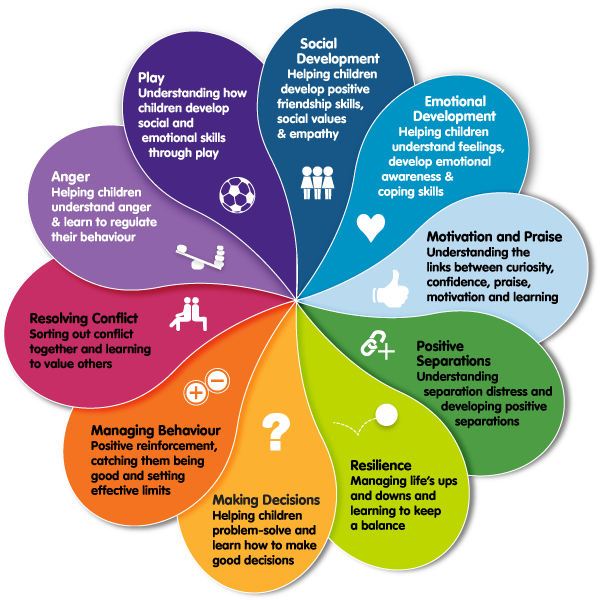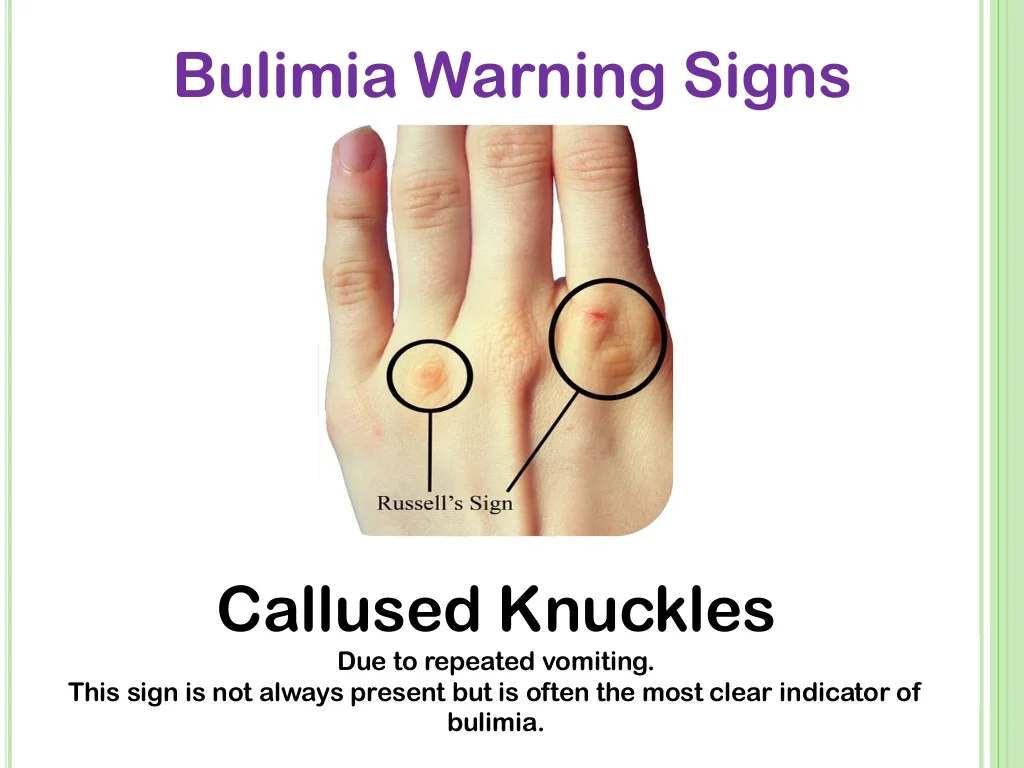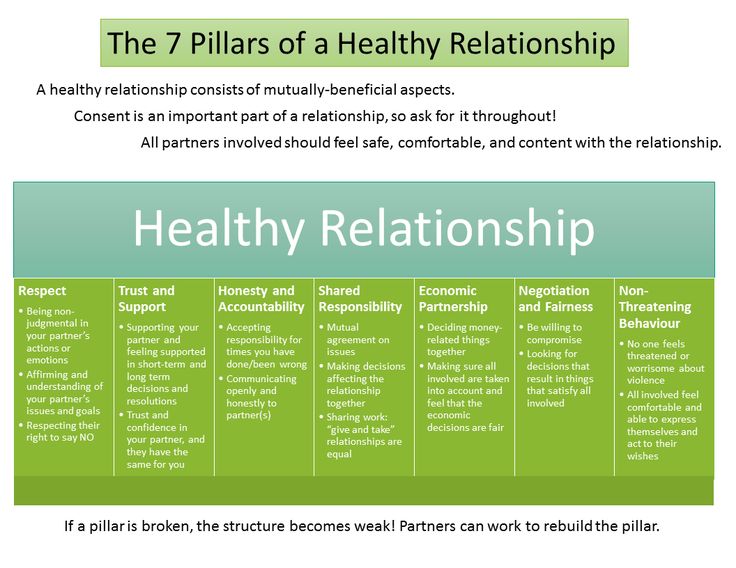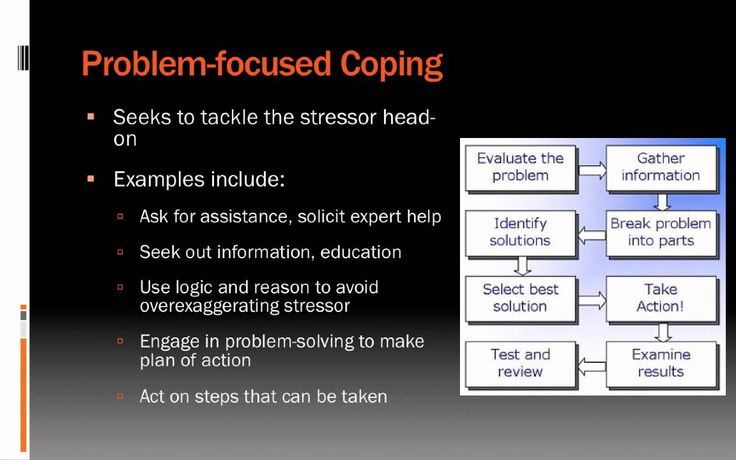Emotion centered coping
Emotion-focused vs. Problem-focused Coping Strategies
What's better to reduce stress? Trying to solve your problems or trying to manage your reactions? We'll find out in this post.
Coping is “a person’s efforts to manage demands that are appraised as taxing or exceeding their resources.”(1) In other words, coping is how we try to deal with stress. It is a widely studied topic in psychology and there are over 400 categorized styles of coping. (2) These styles are commonly grouped into two distinct types: problem focused vs. emotion-focused. In this post we’ll look at which strategy is better and why.
This post is written with content adapted from our Student’s Guide to Stress for IB Health Psychology.
Problem-focused coping strategies aim to change or eliminate a stressor. If you adapt a strategy to try to deal with the stressor directly, you’re using problem-focused coping. For example, planning, problem-solving, or removing the stressor altogether are examples of problem focused coping. (3)
Emotion-focused coping is when you try to deal with your emotional response to the stressor. If you are trying to reduce, eliminate, or simply tolerate your emotional response to a stressor, then you’re using emotion-focused coping. Examples include withdrawal, letting out anger and frustration, emotional support seeking, distractions, rumination, and resignation acceptance (accepting the problem will always exist).
The general consensus among psychologists is that problem-focused coping is the more effective coping strategy because it’s consistently associated with lower stress levels and better mental health (4). Similarly, people who use emotion-focused coping are more at risk for stress-related illnesses (e.g. heart disease) compared to those using problem-focused coping (5).
Coping strategies could explain gender differences in levels of perceived stress. Numerous studies have shown a tendency for females to use more emotion-focused coping whereas males use more problem focused coping (6) When it comes to the study of teenagers and stress, however, there is “…limited research about what may affect adolescents’ perceptions of stressors from school, how they cope with such stressors, and how this differs from a gender perspective. ”(7) Most of the research has been on adults. However, some researchers have studied connections between coping and mental health problems closely related to stress (e.g. depression) amongst teenagers.(8)
”(7) Most of the research has been on adults. However, some researchers have studied connections between coping and mental health problems closely related to stress (e.g. depression) amongst teenagers.(8)
Aim: To understand coping strategies and how they relate to mental health in teenagers.
Can you relate to the findings of this study? What advice can you take from it?
Methods:
- Sample = 342 high school students (14-19 years old) in Northern Italy.
- Coping was measured using a questionnaire (Coping Across Situations Questionnaire – CASQ)
- Mental health was measured using a questionnaire on subjective well-being (including depressed mood).
- She also gathered data on levels of self-efficacy and social support.
Results:
- The results showed significant correlations between coping strategies and psychological well-being.
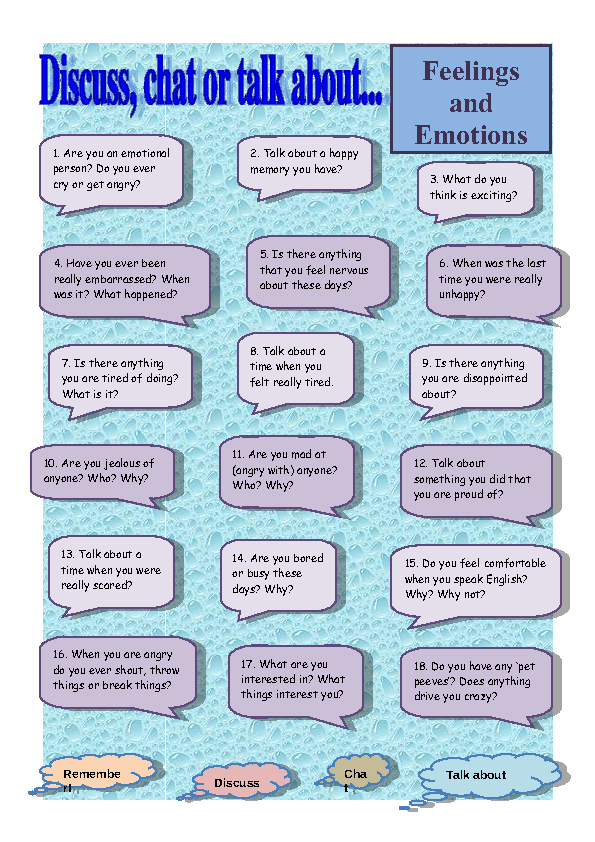
- For example, the following emotion focused coping strategies were correlated with depressed mood:
- expecting the worst (r =0.31),
- withdrawal (r = 0.37),
- and accepting that there will always be problems (r = 0.32).
- The results also showed that girls were more likely to use these emotion-focused coping strategies more than boys.
- Self-efficacy and family support influenced which coping strategies were used (e.g. reducing the use of emotion focused strategies like withdrawing) and this improved well-being.
Conclusions
- This shows how emotion-focused coping could have a negative effect on mental health.
- However, it also shows that factors like self-efficacy and social support can influence the choice of coping strategies and thus affect mental health also.
- The results could explain the common finding that girls report higher levels of subjective stress in stress studies.
These findings are consistent with other research that shows females tend to use more emotion-focused coping, which could explain gender differences in perceived stress and prevalence of stress-related mental health issues like anxiety and depression.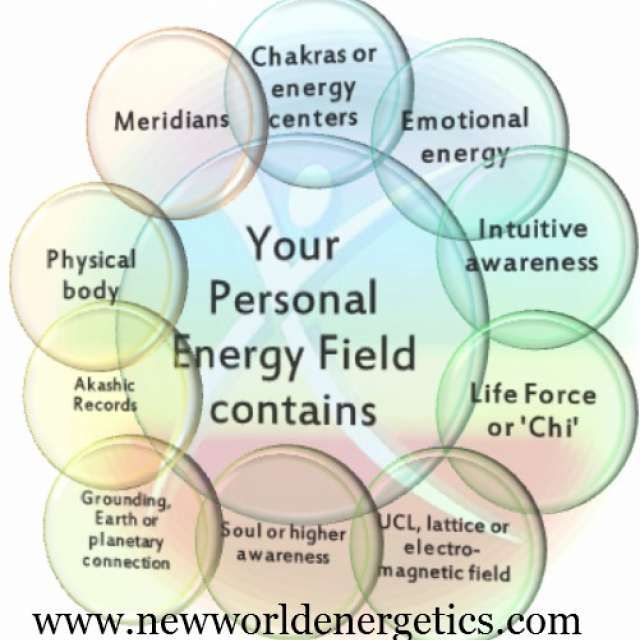 However, factors like social support and self-efficacy can influence which coping strategy we use. Studies have shown that girls have reported having higher levels of emotional self-efficacy, whereas boys report higher levels of problem-solving self-efficacy (9). Our self-efficacy influences our appraisal of our resources, so we’ll naturally use the coping strategy that we perceive to be our strength. This could be why boys and girls use different coping strategies.
However, factors like social support and self-efficacy can influence which coping strategy we use. Studies have shown that girls have reported having higher levels of emotional self-efficacy, whereas boys report higher levels of problem-solving self-efficacy (9). Our self-efficacy influences our appraisal of our resources, so we’ll naturally use the coping strategy that we perceive to be our strength. This could be why boys and girls use different coping strategies.
Psychology is never as simple as A=B: while problem-focused coping is probably better, it’s not always the right answer.
It is important to note, however, that people tend to use a mixture of both strategies. In a yearlong study of 100 participants, Folkman and Lazarus (1980) found that in 98% of stressful situations, their participants used a combination of both strategies. The stressor, who is involved, appraisals, gender, and age also influenced the strategies used. For example, people used more problem-focused coping at work and emotion-focused coping when it came to their health (10).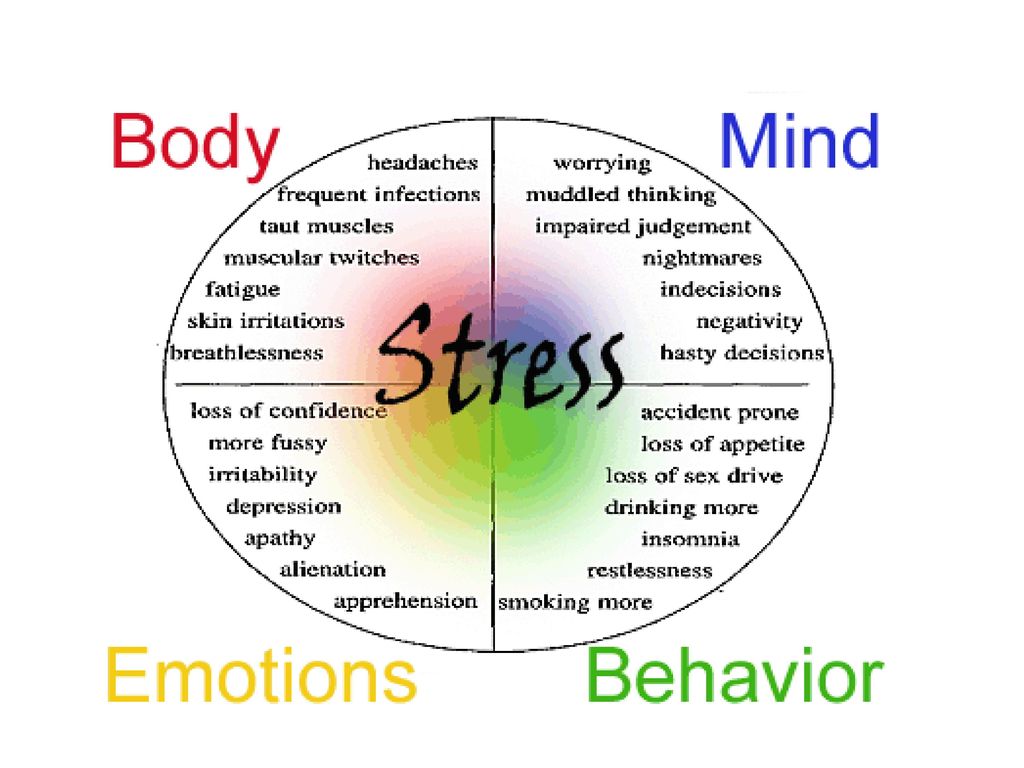
Similarly, it’s not a clear black-and-white answer regarding which coping strategy is better. For example, positive reappraisals could be considered an emotion-focused coping strategy and this is linked with positive health outcomes (11) The effectiveness might also depend on the stressor: using a problem-focused approach for a stressor that is uncontrollable and unable to be changed could be less effective than an emotion-focused one.
Being able to cope effectively with stress involves understanding how to use a variety of different strategies and applying the relevant ones to the stressors in your life. This reminds me of the serenity prayer: “God, grant me the serenity to accept the things I cannot change, courage to change the things I can, and wisdom to know the difference.”
“God, grant me the serenity to accept the things I cannot change, courage to change the things I can, and wisdom to know the difference.” There is a lot of psychological research that supports the wisdom found in this simple prayer.
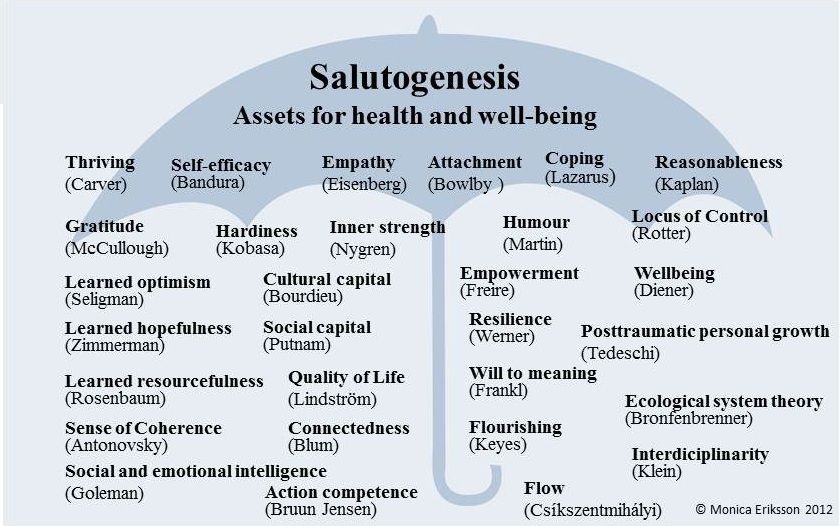
Copy from here for Critical Thinking Considerations
- While Cicognani’s study could be used to explain a link between coping and stress in teens, there’s a fundamental limitation in doing so. Can you see what it is?
- Assumptions: The above guiding question is based on the assumption that problem-focused coping is better than emotion-focused coping. However, this is not always the case. When might emotion-focused coping be the superior strategy? Can you apply this to specific examples in your life?
- An area of uncertainty is how to classify cognitive reappraisal. How might this be a problem-focused and/or an emotion-focused coping strategy? Austenfeld and Stanton(2004) have used the term ‘‘emotional approach coping” to describe active emotion regulation strategies such as cognitive reappraisal.
For more materials for IB Health Psychology, visit our store: https://store.themantic-education.com/
References
-
1Lazarus and Folkman, 1984; Peter Olusoga, Joanne Butt, Ian Maynard & Kate Hays (2010) Stress and Coping: A Study of World Class Coaches, Journal of Applied Sport Psychology, 22:3, 274-293, DOI: 10.
 1080/10413201003760968
1080/10413201003760968 -
2 Skinner, E. A., Edge, K., Altman, J., & Sherwood, H. (2003). Searching for the structure of coping: a review and critique of category systems for classifying ways of coping. Psychological bulletin, 129(2), 216.
-
3 Carroll, L. (2013). Problem-focused coping. Encyclopedia of behavioral medicine, 1540-1541.; Herres, J. (2015). Adolescent coping profiles differentiate reports of depression and anxiety symptoms. Journal of affective disorders, 186, 312-319.
-
4 Penley, J. A., Tomaka, J., & Wiebe, J. S. (2002). !e association of coping to physical and psychological health outcomes: A meta-analytic review. Journal of behavioral medicine, 25(6), 551-603.
-
5 Chiavarino, C., Rabellino, D., Ardito, R. B., Cavallero, E., Palumbo, L., Bergerone, S., … & Bara, B. G. (2012). Emotional coping is a better predictor of cardiac prognosis than depression and anxiety. Journal of Psychosomatic Research, 73(6), 473-475.
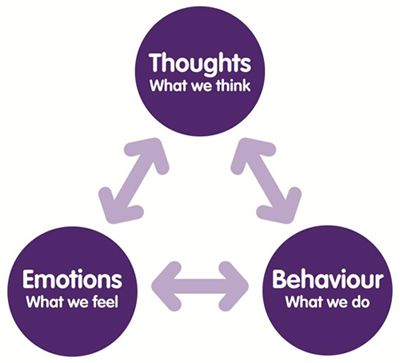 ; Bafghi, S. M. S., Ahmadi, N., Ardekani, S. M. Y., Jafari, L., Ardekani, B. B., Heydari, R., … & Faraji, R. (2018). A survey of coping strategies with stress in patients with acute myocardial infarction and individuals without a history of fixed myocardial infarction. Cardiology research, 9(1), 35.
; Bafghi, S. M. S., Ahmadi, N., Ardekani, S. M. Y., Jafari, L., Ardekani, B. B., Heydari, R., … & Faraji, R. (2018). A survey of coping strategies with stress in patients with acute myocardial infarction and individuals without a history of fixed myocardial infarction. Cardiology research, 9(1), 35. -
6 Schoenmakers, E. C., van Tilburg, T. G., & Fokkema, T. (2015). Problem focused and emotion-focused coping options and loneliness: how are they related?. European Journal of Ageing, 12(2), 153-161.
-
7 Wilhsson, M., Svedberg, P., H gdin, S., & Nygren, J. M. (2017). Strategies of adolescent girls and boys for coping with school-related stress. !e Journal of School Nursing, 33(5), 374-382.
-
8 Cicognani, E. (2011). Coping strategies with minor stressors in adolescence: Relationships with social support, self(efficacy, and psychological well(being. Journal of Applied social psychology, 41(3), 559-578.
-
9 Flores, F.
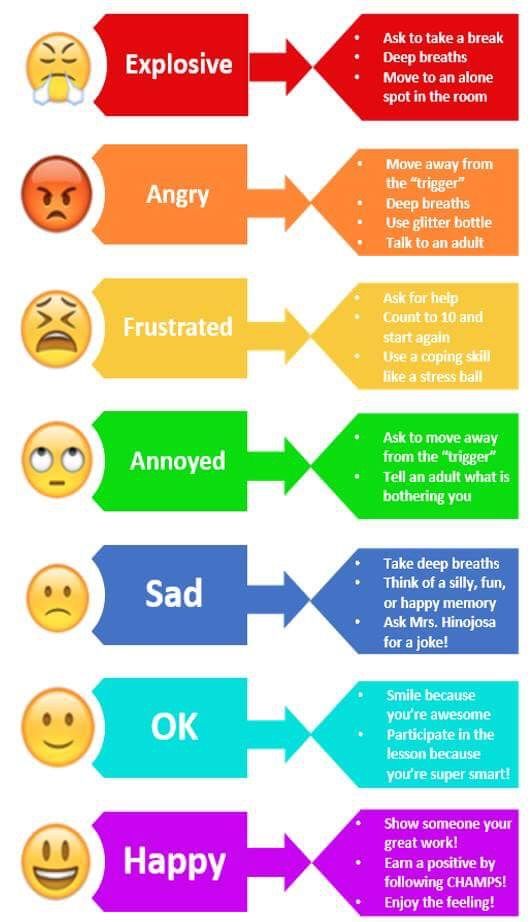 J., Mayorga-Vega, D., Blanco, J. R., & Blanco, H. (2014). Perceived self-e#cacy in problem solving and scientiffc communication in university students. A gender study. Psychology, 2014.; McKay, M. T., Dempster, M., & Byrne, D. G. (2014). An examination of the relationship between self-e#cacy and stress in adolescents: the role of gender and selfesteem. Journal of youth studies, 17(9), 1131-1151.
J., Mayorga-Vega, D., Blanco, J. R., & Blanco, H. (2014). Perceived self-e#cacy in problem solving and scientiffc communication in university students. A gender study. Psychology, 2014.; McKay, M. T., Dempster, M., & Byrne, D. G. (2014). An examination of the relationship between self-e#cacy and stress in adolescents: the role of gender and selfesteem. Journal of youth studies, 17(9), 1131-1151. -
10 Folkman, S., & Lazarus, R. S. (1980). An analysis of coping in a middleaged community sample. Journal of health and social behavior, 219-239.
-
11 Kelly, M. M., Tyrka, A. R., Price, L. H., & Carpenter, L. L. (2008). Sex differences in the use of coping strategies: predictors of anxiety and depressive symptoms. Depression and anxiety, 25(10), 839-846
-
“Coping” Skinner, EA and Zimmer-Gembeck, M. in Encyclopedia of Mental Health (Second Edition), 2016.
-
Herres, J. (2015). Adolescent coping pro%les differentiate reports of depression and anxiety symptoms.
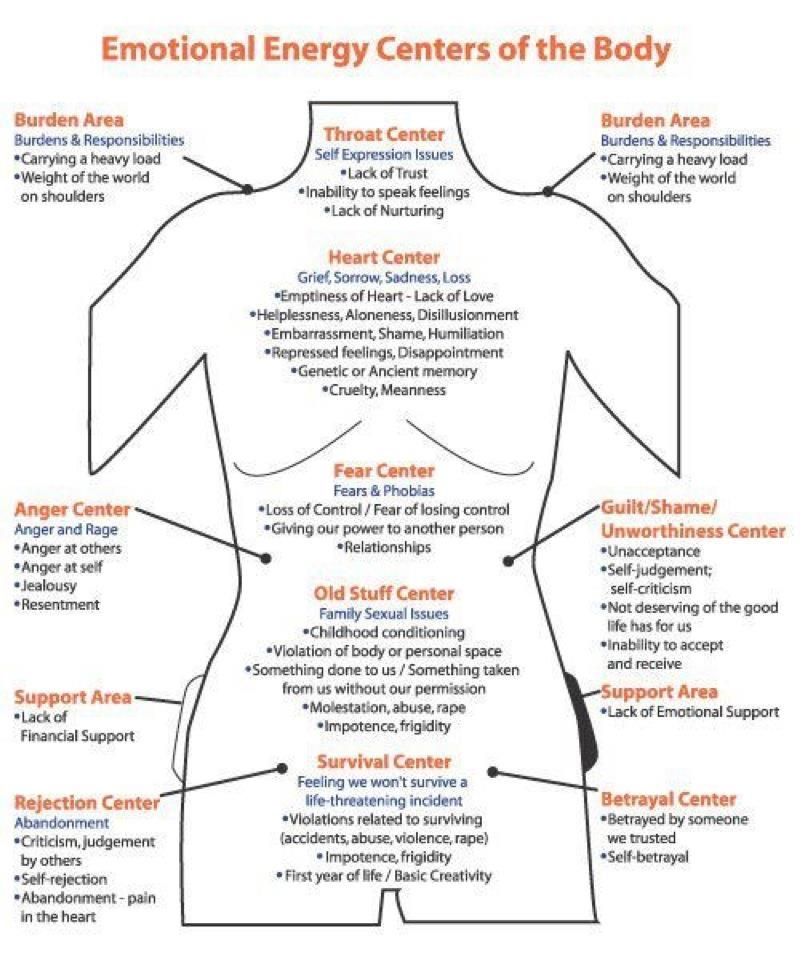 Journal of affective disorders, 186, 312-319.
Journal of affective disorders, 186, 312-319. -
Compas, B. E., Connor-Smith, J. K., Saltzman, H., !omsen, A. H., & Wadsworth, M. E. (2001). Coping with stress during childhood and adolescence: problems, progress, and potential in theory and research. Psychological bulletin, 127(1), 87.
-
Griffith, M. A., Dubow, E. F., & Ippolito, M. F. (2000). Developmental and cross-situational differences in adolescents’ coping strategies. Journal of youth and adolescence, 29(2), 183-204
Travis Dixon
Travis Dixon is an IB Psychology teacher, author, workshop leader, examiner and IA moderator.
Emotion-Focused Coping: 7 Techniques to Try
When a challenge comes up for you, you probably have a handful of go-to strategies to help you deal with it. Even if your approach varies slightly from problem to problem, you probably manage most difficulties in similar ways.
You might, for example, be a problem solver. When navigating a challenge or stressful event, you go straight to the source and work at it until you’ve either fixed what’s wrong or brought your stress down to a more manageable level.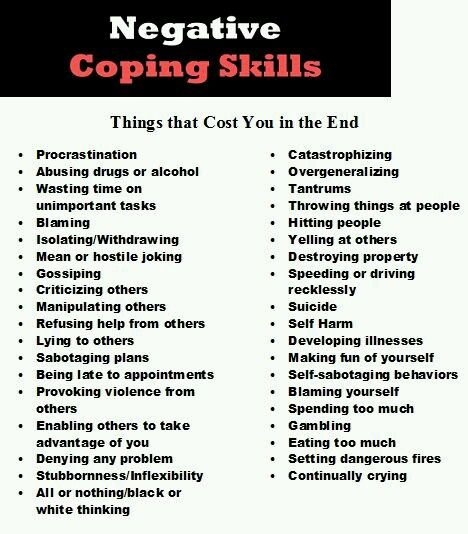
What if taking immediate action isn’t your strong point? Maybe you try to hack your emotions by considering the situation from a different perspective or leaning on loved ones for support.
These two approaches represent two distinct coping strategies:
- Problem-focused coping involves handling stress by facing it head-on and taking action to resolve the underlying cause.
- Emotion-focused coping involves regulating your feelings and emotional response to the problem instead of addressing the problem.
Both strategies can have benefits, but emotion-focused coping may be particularly useful in certain situations.
Emotion-focused coping skills help you process and work through unwanted or painful emotions and reactions. In other words, this approach helps you manage your emotions rather than outside circumstances.
This approach won’t help you solve a problem directly, but it’s a great tool to have for dealing with stressful situations you can’t change or control.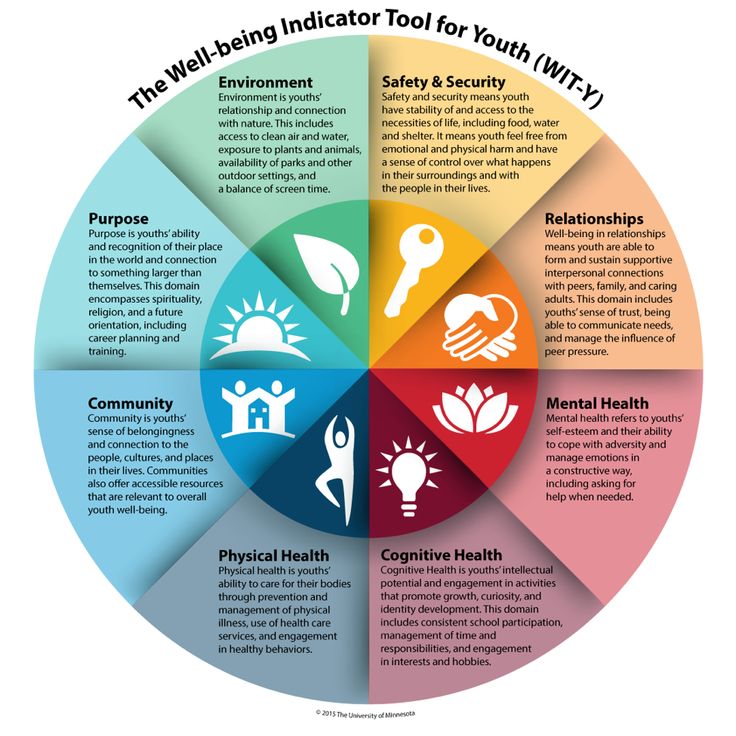
When you can manage your emotional response to a given situation more effectively, you may feel somewhat better about what’s happening — or at least more equipped to handle it.
Research from 2015 suggests people who tend to use emotion-focused coping strategies may be more resilient to stress and enjoy greater overall wellness.
Meditation helps you learn to acknowledge and sit with all of your thoughts and experiences, even the difficult ones.
The key goal of meditation? Mindfulness: to recognize thoughts as they come up, accept them, and let them go without stewing over them or judging yourself for having them.
You can practice mindfulness anytime, anywhere, and it won’t cost you anything. It may feel a little awkward, even unhelpful, at first, and it can take some time before it feels natural. If you stick with it, you’ll generally begin seeing some benefits before long.
If you’re new to meditation, get started by learning more about different types or trying this easy body scan exercise.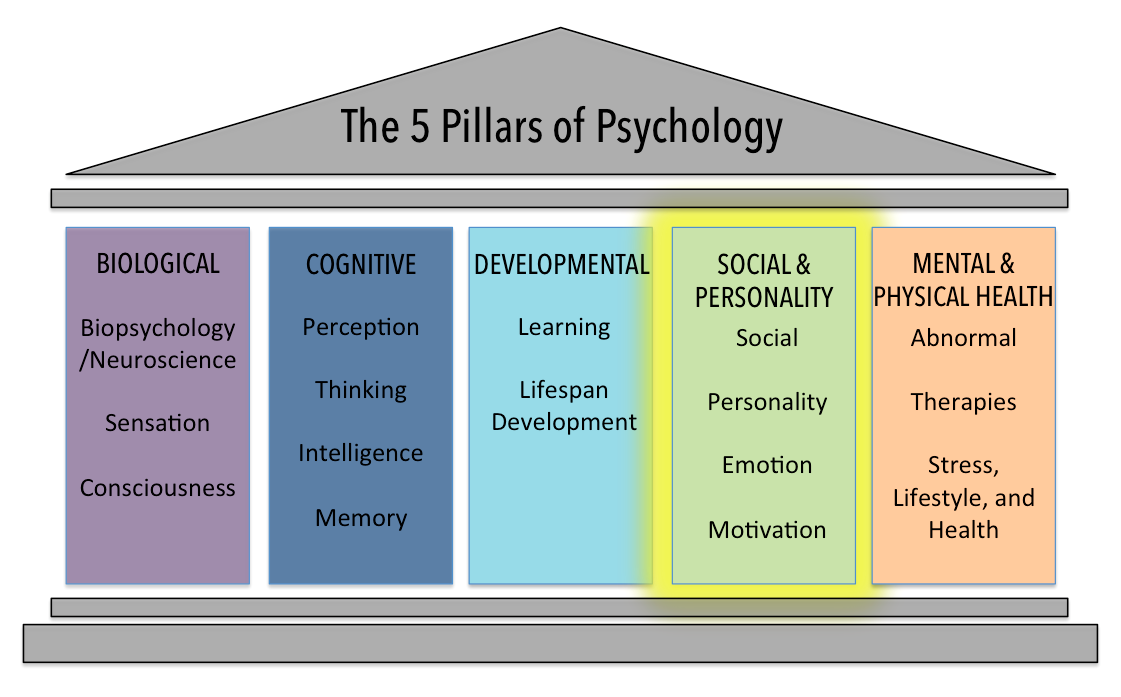
Journaling is a great way to sort through and come to terms with challenging emotions.
When something goes wrong, you might experience a lot of complicated, conflicting feelings. They might feel jumbled up inside you, making the thought of sorting them out exhausting. Or, maybe you’re not even sure how to name what you’re feeling with words.
Exhaustion and confusion are valid feelings and can be a good starting point for putting pen to paper.
Sometimes, writing down your feelings — no matter how messy or complex they are — is the first step in working through them. You might eventually find that journaling offers a type of emotional catharsis, as you purge them from your mind and into your journal.
To get the most out of journaling, try:
- writing every day, even if you only have 5 minutes
- writing whatever comes to mind — don’t worry about editing or censoring yourself
- keeping track of any mood or emotional changes you experience and any factors that might be contributing to the pattern, whether that’s your exercise routine, certain foods, or particular relationships
Optimism won’t solve problems alone, but it can certainly boost your emotional wellness.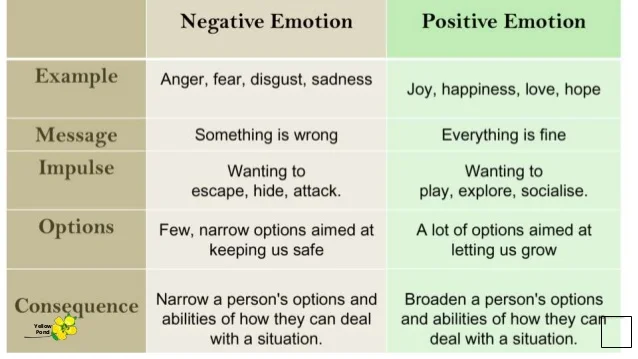
It’s important to understand that optimistic or positive thinking does not involve ignoring your problems. It’s about giving challenges a positive spin and finding pockets of joy to help you get through them.
To add more positive thinking to your life, try:
- building yourself up with positive self-talk instead of talking down to yourself
- recognizing your successes instead of focusing on “failures”
- laughing off mistakes
- reminding yourself you can always try again
All these things are easier said than done, but with a bit of practice, they’ll start to feel more natural.
It’s easy to focus on feelings of injustice or unfairness when someone wrongs you or does something unkind.
Most of the time, though, you can’t do anything to change the hurt you’ve sustained. In other words, the damage is done, and there’s nothing to do but let go and move forward.
Forgiveness can help you let go of hurt and begin healing from it.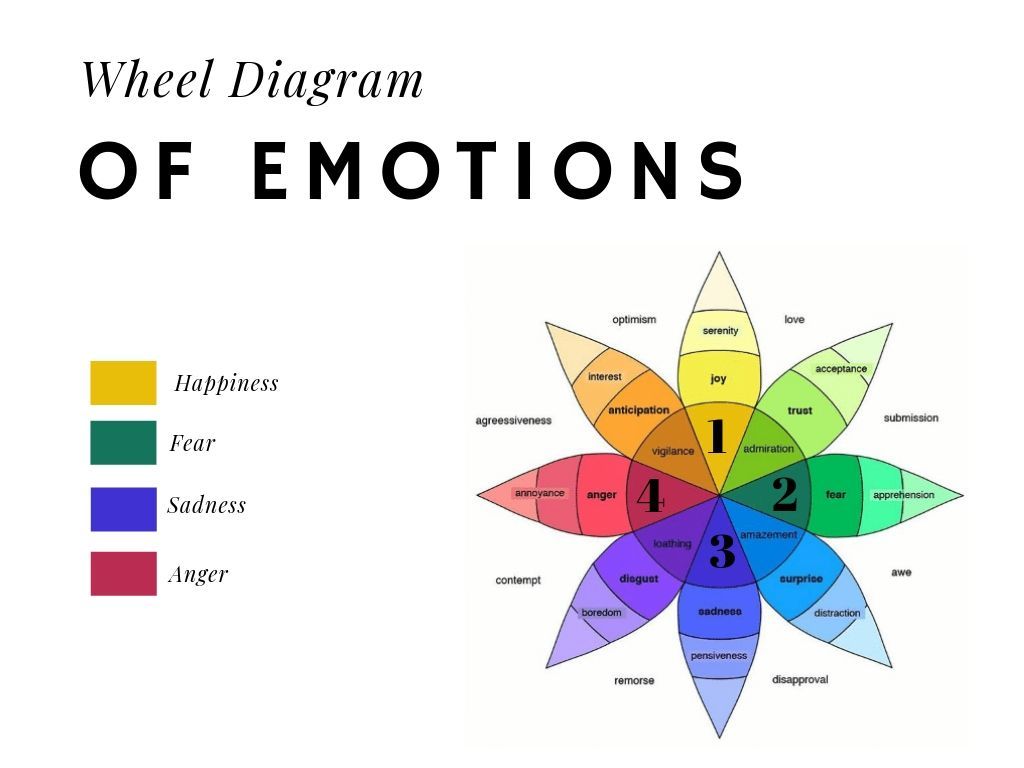 Of course, forgiveness doesn’t always happen easily. It can take some time to come to terms with your pain before you feel able to forgive.
Of course, forgiveness doesn’t always happen easily. It can take some time to come to terms with your pain before you feel able to forgive.
Practicing forgiveness can benefit your emotional wellness in a number of ways. You might notice:
- reduced stress and anger
- increased compassion
- greater empathy
- stronger interpersonal relationships
Looking for tips on practicing forgiveness? Check out our guide to letting go of the past.
When you reframe a situation, you look at it from another perspective. This can help you consider the bigger picture instead of getting stuck on little details, as difficult or unpleasant as those details sometimes are.
Say, for example, your relationship has been struggling over the past few months, primarily because you and your partner haven’t had much time to do things together or communicate about problems.
Suddenly, you lose your job and find that you’re now spending plenty of time at home.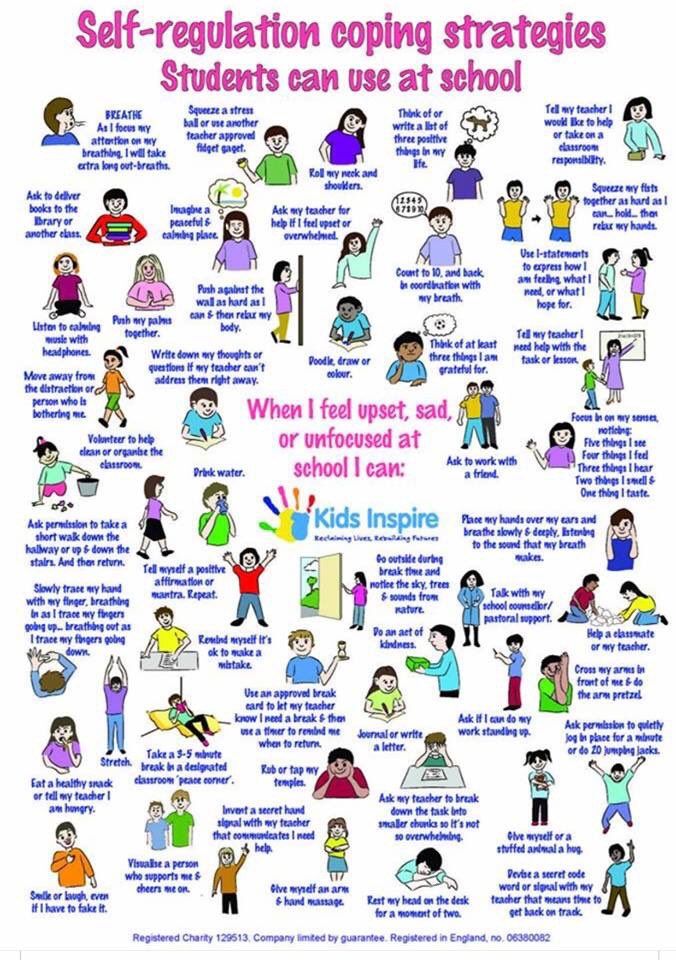
Not working isn’t ideal, of course, but for the moment there’s nothing you can do to change that situation. Instead of letting frustration and boredom build up, you can look at the bright side of the situation: You now have plenty of time to reconnect with your partner and strengthen your relationship.
Burying or pushing away negative emotions usually doesn’t do much to improve them.
You might not actively notice these unwanted emotions if you work very hard at keeping them hidden, but they do eventually tend to resurface.
In the meantime, they can trickle out in the form of:
- mood changes
- emotional distress
- physical symptoms like muscle tension or head pain
It’s generally a good idea to talk about your feelings to any others involved in the situation. They may not even realize they had an impact on you unless you tell them.
Communicating your difficulties won’t always resolve them, but if an approach to resolution does exist, you’re more likely to discover it together.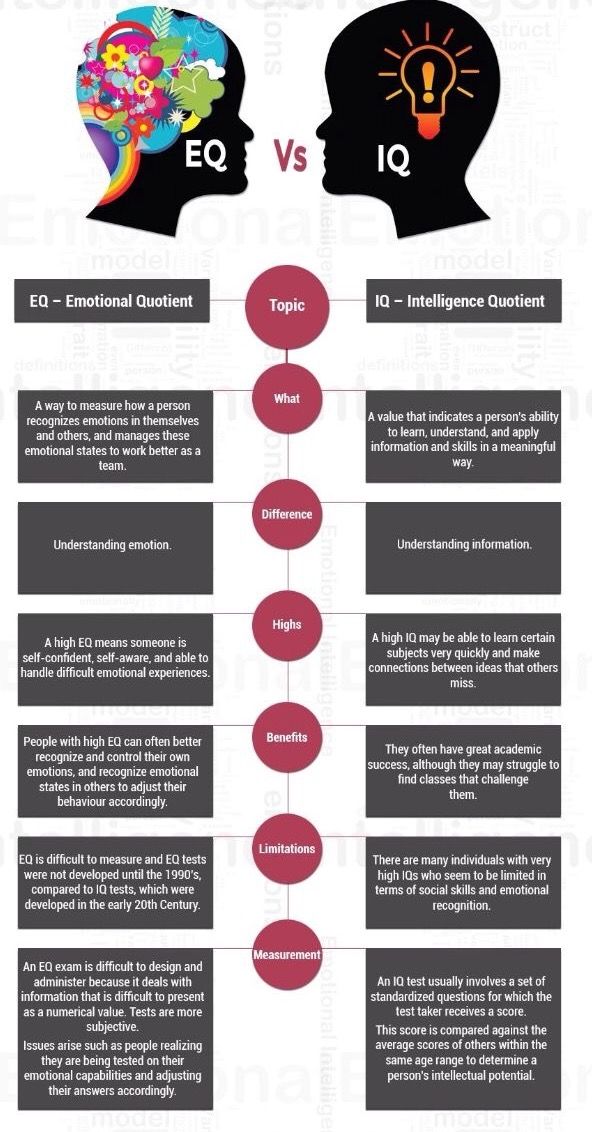
Talking about your emotions to a trusted loved one can also help you feel better, especially when there’s no good solution to your problem. Friends and family can provide social and emotional support by listening with empathy and validating your feelings.
Some serious concerns can cause a lot of distress, especially when you can’t do anything to improve your situation.
Maybe you’re going through a breakup, facing a life-threatening health concern, or dealing with grief.
There’s not much you can do to change these circumstances and dealing with the painful emotions that come up on your own can be hard. But there’s no need to go it alone.
A trusted mental health professional can help you manage emotional distress by offering guidance on any of the emotion-focused coping strategies above. They can also provide support that’s more specifically tailored to your situation.
Our guide to affordable therapy can help you get started.
In an ideal world, you’d be able to face all your problems head-on and solve them right away.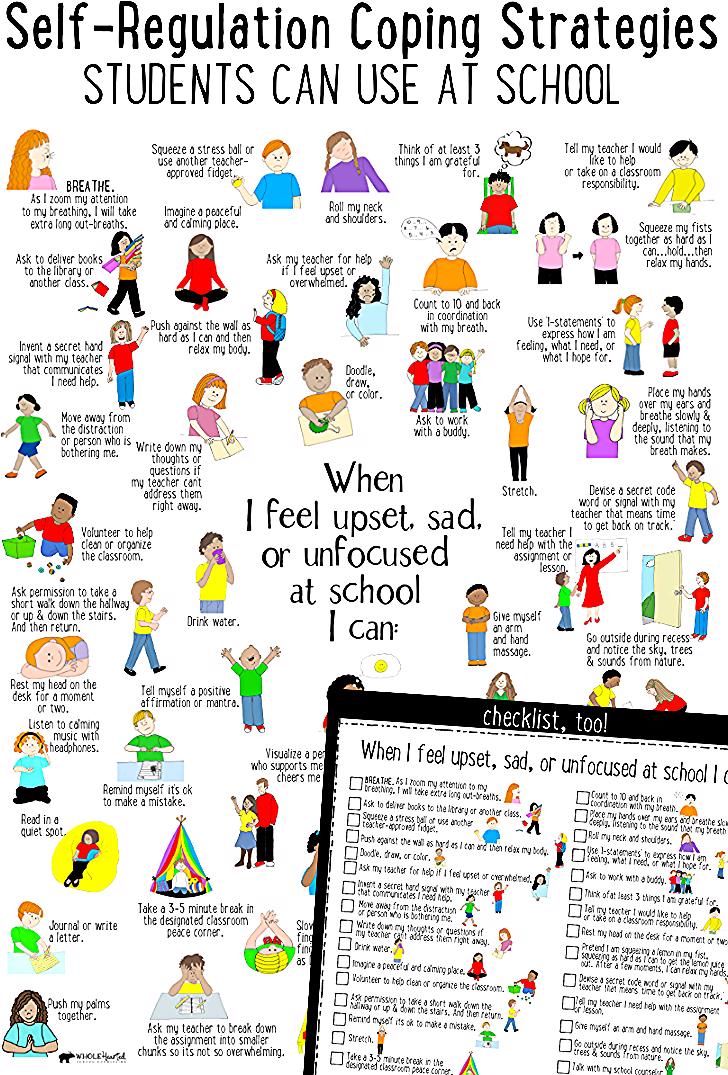 In reality, though, many challenges are beyond our control. Emotion-focused coping can help you weather these challenges and build resilience.
In reality, though, many challenges are beyond our control. Emotion-focused coping can help you weather these challenges and build resilience.
Crystal Raypole has previously worked as a writer and editor for GoodTherapy. Her fields of interest include Asian languages and literature, Japanese translation, cooking, natural sciences, sex positivity, and mental health. In particular, she’s committed to helping decrease stigma around mental health issues.
Coping. Coping behaviour. Psychological workshop for beginners
Coping. Coping behavior
Forms of behavior aimed at overcoming a conflict, resolving a stressful or crisis situation are called "coping behavior" (there are also the terms "coping" and an unsuccessful copy of the English "coping behavior" or "coping reaction"). As a rule, two or three main types of coping behavior are distinguished.
Problem-oriented coping is aimed at rationally resolving a conflict or crisis through concrete actions.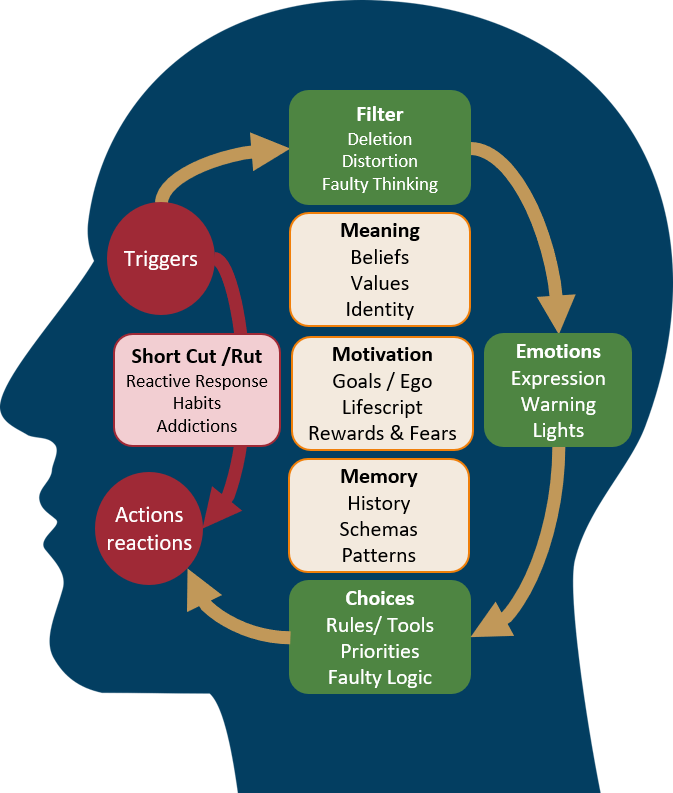 It includes such forms of coping behavior as seeking information, step-by-step problem solving, seeking help, etc. Emotion-based coping is aimed at adapting to unresolved or unresolved conflict, as well as to psychological problems that arise in the process of problem-based conflict resolution. . nine0003
It includes such forms of coping behavior as seeking information, step-by-step problem solving, seeking help, etc. Emotion-based coping is aimed at adapting to unresolved or unresolved conflict, as well as to psychological problems that arise in the process of problem-based conflict resolution. . nine0003
Coping behavior may or may not be effective in resolving conflict and/or achieving mental well-being. There are no universally effective forms of coping. For example, an attempt to postpone the solution of the problem “on the back burner” and try to forget about it for a while in some cases will only exacerbate the difficulties, in others it will allow you to later look at the problem more calmly, which will help to solve it successfully. De-stressing with sedatives (drugs or even alcohol) may be absolutely necessary in some cases and harmful in others. Next, we will look at some of the mechanisms of emotionally-oriented coping that have shown to be effective in a wide range of situations.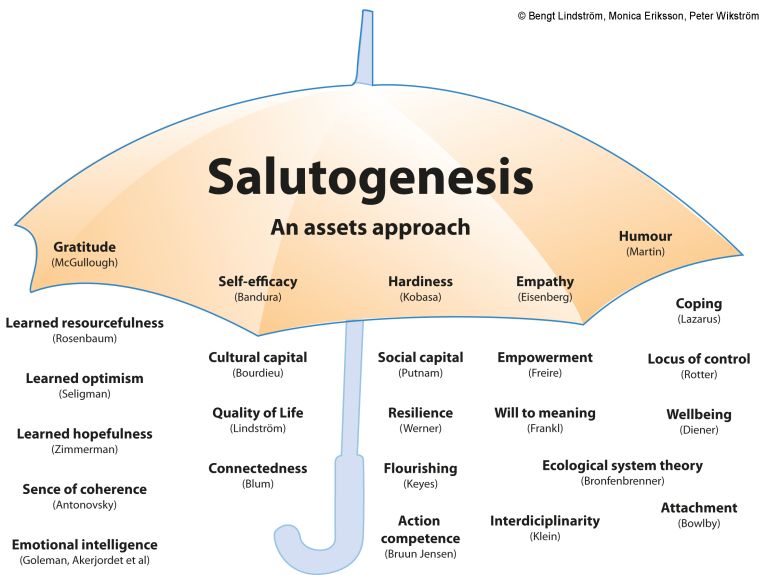 A more complete overview of the forms of coping behavior is contained in the practical task. nine0003
A more complete overview of the forms of coping behavior is contained in the practical task. nine0003
One of the most important tasks of emotionally-oriented coping is to find a socially acceptable way to express negative feelings and emotions associated with conflict. Depending on the situation, it can be tears, screaming, "relieving the soul" in a frank conversation, blog entries, Internet chats, and much more. Expression of feelings is often the most adequate way of coping with the situation, although those who are nearby do not always understand this: they are afraid of excessively strong manifestations of feelings or consider them inappropriate. It is worth dwelling on this in more detail. nine0003
According to generally accepted norms of behavior, it is customary to comfort, distract, and sometimes condemn a crying and suffering person for excessive sensitivity and intemperance. Suffice it to recall the common phrases that one has to hear those who, according to others, express their feelings too intensely: “Rejoices like a child” (this implies that even such a positive feeling as joy is not always appropriate for an adult), “Not worry so much”, “Don’t be upset over trifles”, “Don’t cry, you’re a man”, “Don’t be afraid, it’s okay” and much more.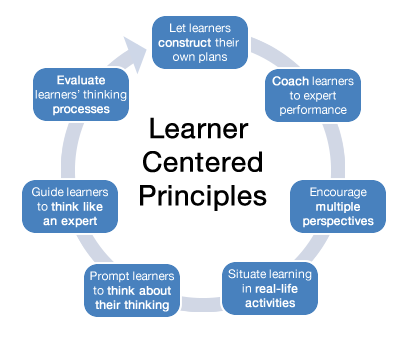 Such remarks refer to feelings and emotions that are considered appropriate to a certain extent: joy, grief, fear. Feelings that are unacceptable to society are condemned even more strongly: anger, aggression, hatred, hostility, especially towards close people. nine0003
Such remarks refer to feelings and emotions that are considered appropriate to a certain extent: joy, grief, fear. Feelings that are unacceptable to society are condemned even more strongly: anger, aggression, hatred, hostility, especially towards close people. nine0003
Such a practice of behavior and upbringing (which, of course, has its reasons, but we will not consider them) leads to the fact that we get used to it from childhood: there are feelings “right” and “wrong”. Wrong feelings should not be, they have no right to exist, and even more so to expression. But the "wrong" feelings do not disappear, they go into the unconscious, being the source of neuroses and other psychological problems.
Strong feelings must somehow be allowed to manifest: every person has the right to be afraid, angry and hate. However, the manifestation of feelings should not harm anyone. You can feel anger, but you can not inflict pain, physical or mental, on the one who is the cause of anger. It is possible to suffer for something that seems small or unworthy to others, but it must be remembered that inappropriate manifestations of suffering can ruin your reputation or make life difficult for someone.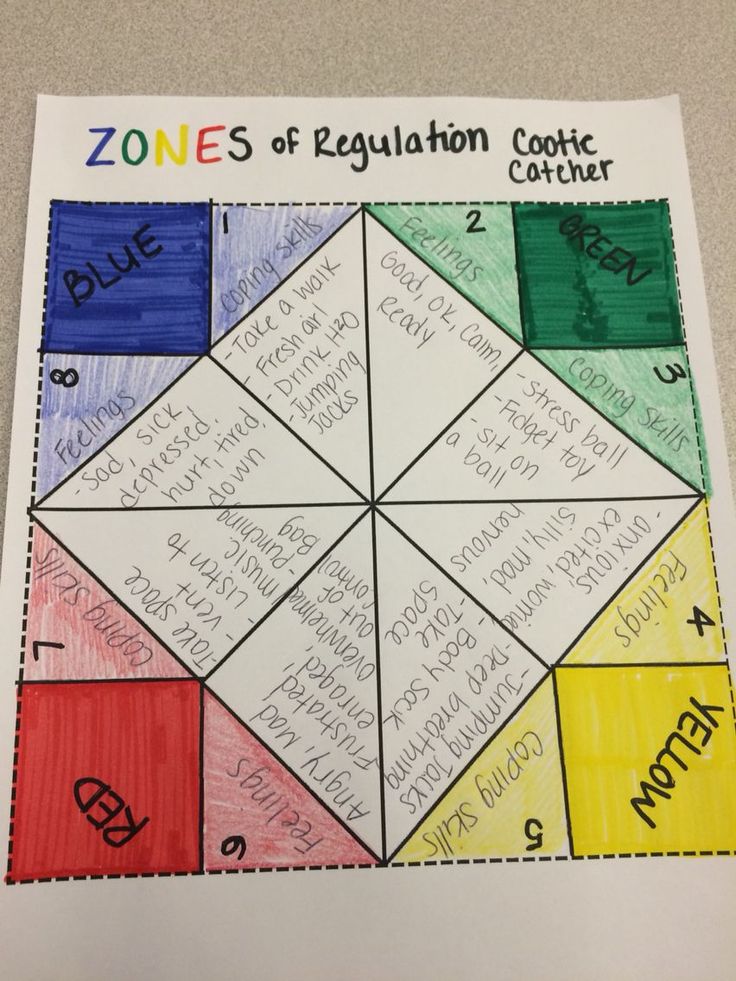 nine0003
nine0003
The greatest difficulty exists with the expression of anger and aggression. discharge can help here - the transfer of negative emotions to objects that can be broken, broken or spoiled. Such actions, as a rule, are condemned by others, however, if condemnation can be avoided (to remain alone or in the company of an understanding person), and the material damage is small, then such a way of “coping with feelings” is sometimes appropriate.
Discharge in the broad sense of the word is any intense physical activity (sports, long walks, jogging, hard housework), in which the energy associated with negative emotions finds an outlet. Combat sports are important as a socially approved opportunity to express aggression. nine0003
Substitute activity is akin to the psychoanalytic concept of sublimation, only somewhat wider; in it they can find a way out of aspirations, the direct realization of which is impossible. So, those who are deprived of family warmth often get pets to fulfill their need for love, those who could not succeed professionally “go away” to various hobbies or social activities, etc.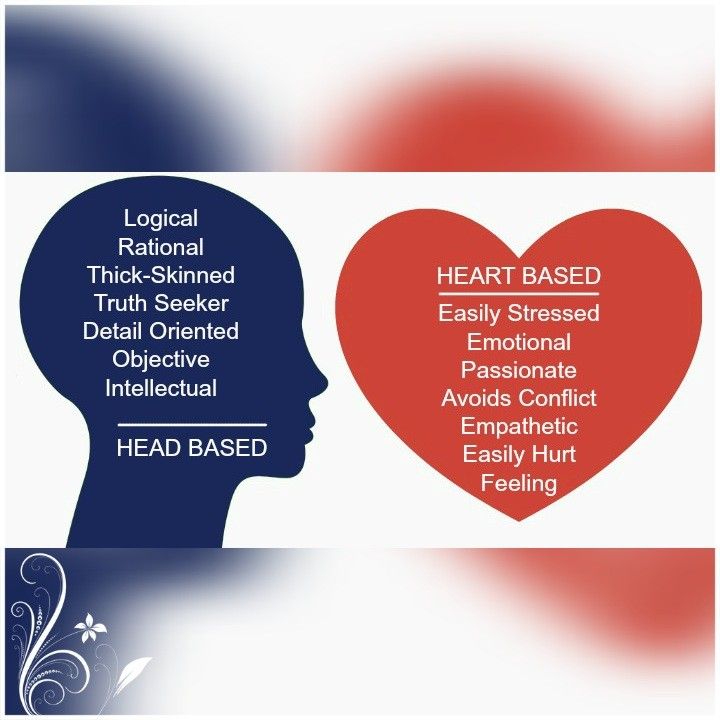
Fantasy ) allows you to achieve what you want, at least in your imagination, and the positive emotions that arise in this case give strength to exist in difficult life situations. nine0003
The effectiveness of creativity as a coping mechanism is based on the action of several or even all of the above forms of coping. It allows you to express feelings (for example, on paper or in acting), serves as a socially approved version of a substitute activity, gives relaxation and allows you to embody fantasies in the created work.
Restraint - conscious or semi-conscious avoidance of unpleasant thoughts, deeds or problems. Often combined with distraction to other activities and thoughts.
Detachment – perception of the situation without an emotional reaction (emotions seem to be “turned off”) or with a feeling of unreality of what is happening (everything is happening “as if not in reality” or “as if not with me”).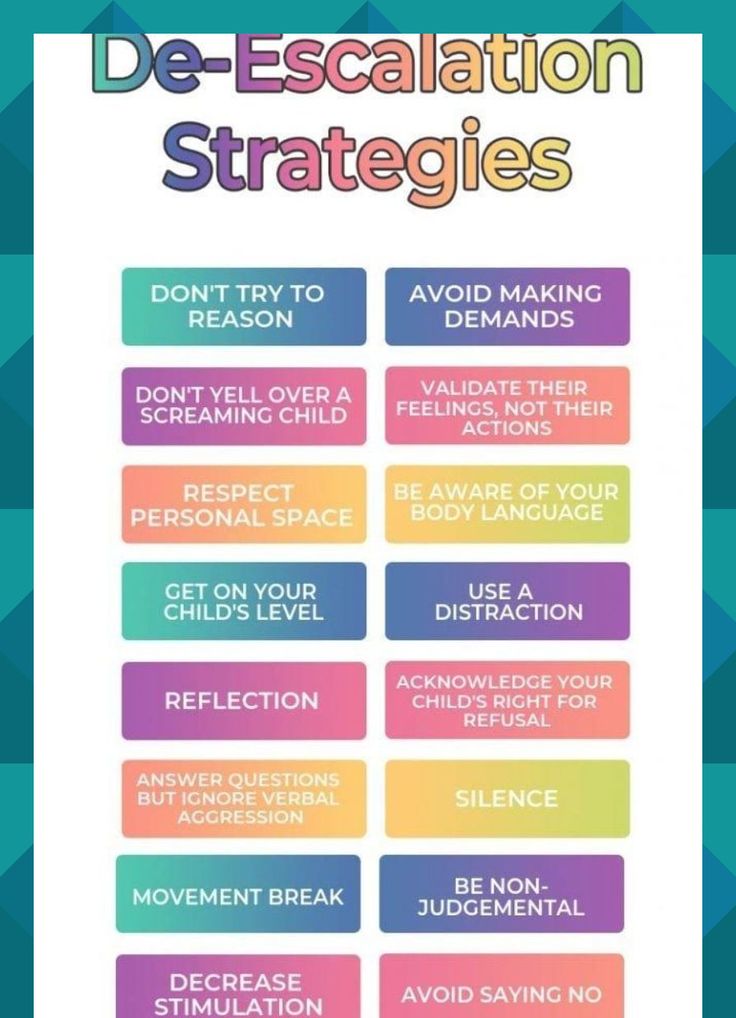
Humor - rethinking the problem, emphasizing its funny or funny sides.
Finally, one of the most important coping mechanisms is reassessment of values and self-change. The situation of overcoming conflict and crisis is assessed as a source of personal growth, acquisition of valuable life experience and change for the better. As a result of overcoming a difficult life situation, the self-concept changes towards the idea of oneself as a stronger, more confident and mature person. The crisis can become the basis for changing the system of values, familiarizing with new philosophical or religious views. Any, even a difficult, unsuccessful or tragic experience will have a positive aspect if it serves as the basis for positive self-change. nine0003
This text is an introductory fragment.
1.
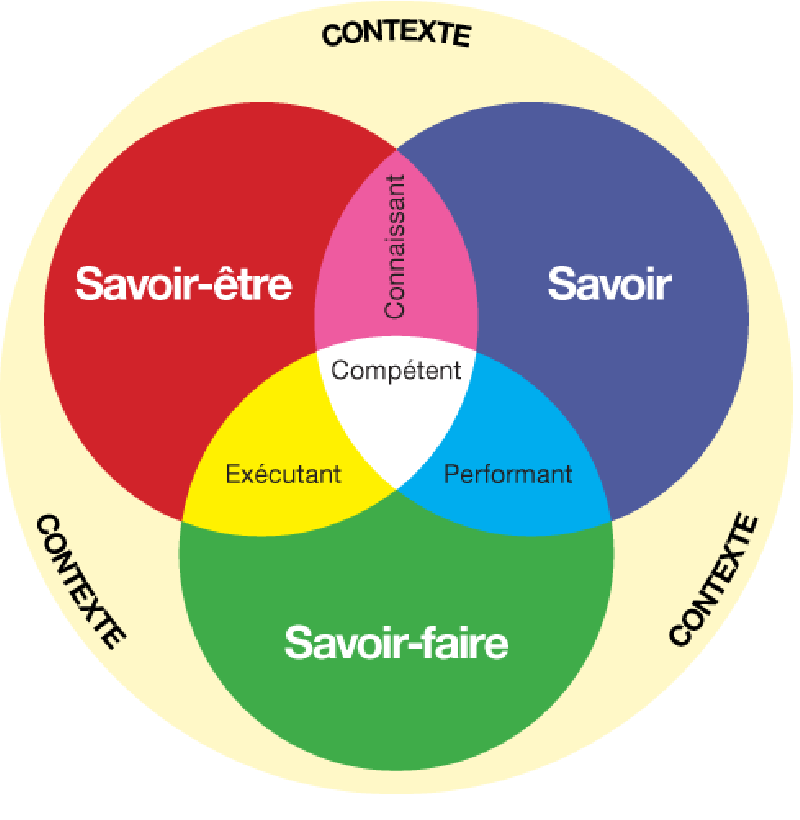 Behavior
Behavior 1. Behavior In psychology, "behavior", as a rule, is considered in the context of the observed action, that is, it is spoken of as the direct physical activity of the organism in connection with certain environmental conditions. K.K. Platonov proposed fixing for
BEHAVIOR
BEHAVIOR Behavior is the motor activity of living beings observed from the outside, including moments of immobility, which is the executive link in the interaction of the whole organism with the environment. It is a targeted system of sequentially executed
Behavior in restaurants
Behavior in restaurants So you've decided to treat your family to dinner at a restaurant. What a terrible idea! Even if you bring a bag of clothes with you just in case, homemade snacks, an iPad, iPhone, iTouch with Android support, markers, stickers, an entertaining book of 1001 pages and
13.
 The concept of professional adaptation. Adaptive professional behavior. Maladaptive professional behavior
The concept of professional adaptation. Adaptive professional behavior. Maladaptive professional behavior 13. The concept of professional adaptation. Adaptive professional behavior. Maladaptive professional behavior Professional adaptation is usually understood as the “accommodation” of an employee into a new working environment for him, relationships in a team.
nine0060 Passive behaviorPassive behavior Passive behavior is characterized by neglect of one's own rights, unwillingness to express one's needs, feelings and thoughts, giving other people the right to make decisions for you, resulting in a violation of your interests.
AUTOCONTACT BEHAVIOR
AUTOCONTACT BEHAVIOR Self-Soothing: How and Why We Touch Our Body In Auto-Contact Behavior, we touch our body, as opposed to Allo-Contact Behavior, in which we touch other people's bodies.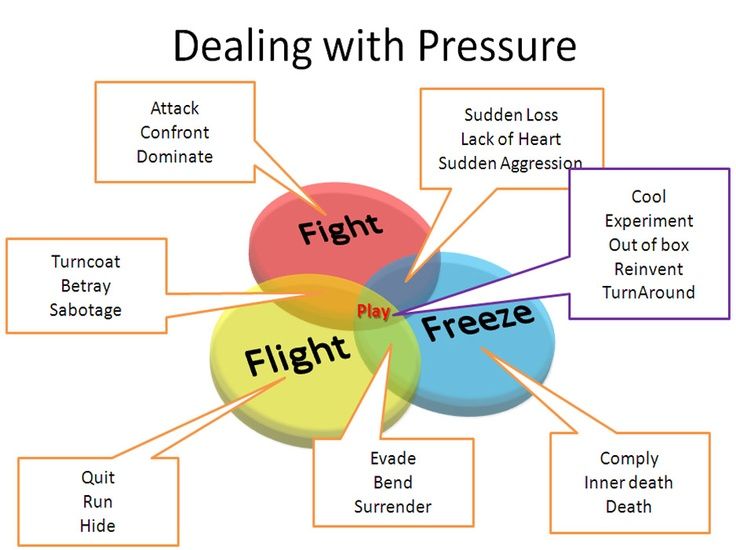 Physical contact with another
Physical contact with another
STATUS BEHAVIOR
STATUS BEHAVIOR How we signal our place in the social hierarchy Status Behavior can be described as a display of levels of dominance. In primitive societies, dominance is achieved by brute force. The strongest member of the community
TERRITORIAL BEHAVIOR
nine0002 TERRITORIAL BEHAVIOR Protection of a limited space "Own territory" is a space protected by a person. In the broadest sense, three types of space can be distinguished: tribal, family and personal. It very rarely happens that a person, protecting theseBehavior
Behavior The behavior of clients with PARD reflects their cognitive patterns. Passive-oppositional behaviors, such as procrastination and poor performance, are associated with cognitive structures that arise from resentment of the need to fulfill obligations (“I am
Failed behavior
Failed Behavior "Why did I almost cry? I know that he did not want to offend me.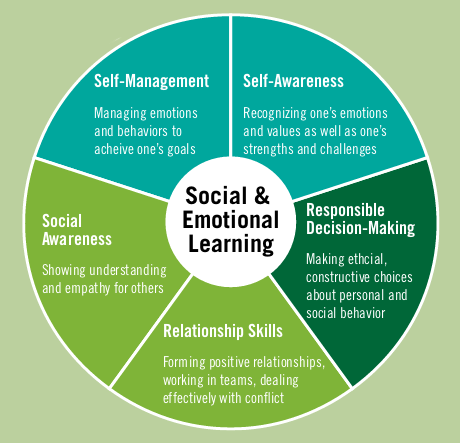 ” “Why did I flare up? She's only a child!” “How could I have been so stupid?” “I shouldn't have spoken so harshly.” Do you know that? Normal person most of the time
” “Why did I flare up? She's only a child!” “How could I have been so stupid?” “I shouldn't have spoken so harshly.” Do you know that? Normal person most of the time
1.5. Coping behavior and defense mechanisms of personality
1.5. Coping behavior and personality defense mechanisms R. Moss and J. Schaefer formulated five types of tasks that a person faces in a crisis situation (Moss, Schaefer 1986):1. establishing the meaning of the situation and determining its meaning for oneself; 2. response to the demands of the crisis
Behavior
Behavior The Bible says that human behavior is far from perfect. It's amazing how often Scripture says that we will sin: this kind of behavior is simply expected (Rom. 3:23). Such is human nature, and it is not clear why all the time
Sections 14 and 15.
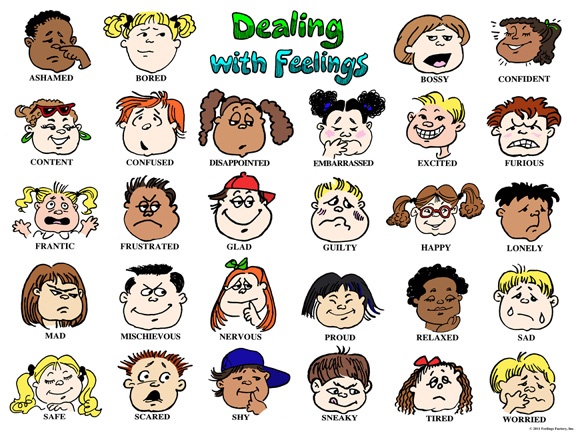 Behavior of the remote [prince] and behavior of the [king] towards the distant [king's son]
Behavior of the remote [prince] and behavior of the [king] towards the distant [king's son] Sections 14 and 15 Chapter 18 A prince, [even] living in straitened circumstances, who is entrusted with a task that is not suitable for him, must [nevertheless] obey his father, except
Coping with Emotions: 7 Techniques You Should Try
Share on Pinterest
When you're in trouble, you probably have a few strategies to help you solve your problems. Even if your approach differs slightly from problem to problem, you probably deal with most difficulties in the same way.
For example, you can solve a problem. When you encounter a problem or stressful event, go straight to the source and work on it until you fix what's wrong or reduce the stress to a level that's easier to manage. nine0003
What if immediate action is not your forte? You can try to hack your emotions by looking at the situation from a different perspective or by relying on the support of loved ones.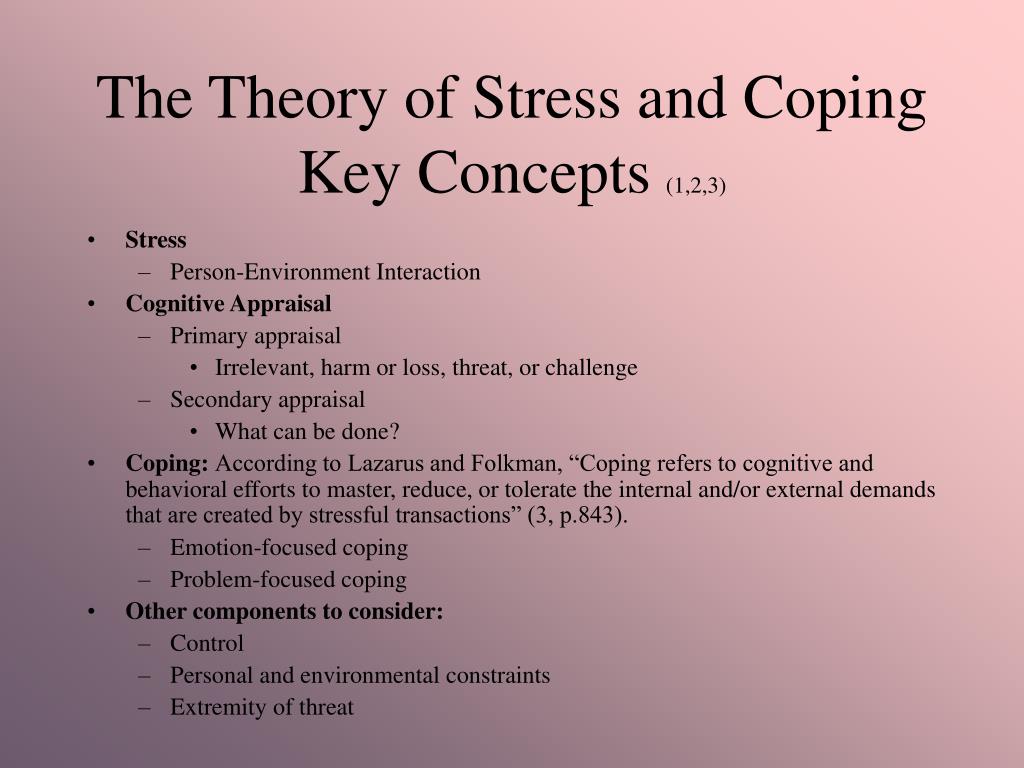
These two approaches are two different coping strategies:
- Problem-oriented coping involves eliminating stress by confronting and taking action to eliminate the cause.
- Emotion-focused coping involves regulating one's feelings and responding emotionally to a problem rather than solving the problem. nine0126
Both strategies can be helpful, but emotion-focused coping can be especially helpful in certain situations.
content
First, see how good this way of coping is.
Emotion-focused coping helps you process and respond to unwanted or painful emotions and reactions. In other words, this approach helps you manage your emotions, not regardless of the circumstances. nine0003
This approach won't help you solve the problem directly, but it's a great tool for dealing with stressful situations that you can't change or control.
The 2015 survey suggests that people who tend to have emotion-focused coping strategies may be more resilient to stress and enjoy overall well-being.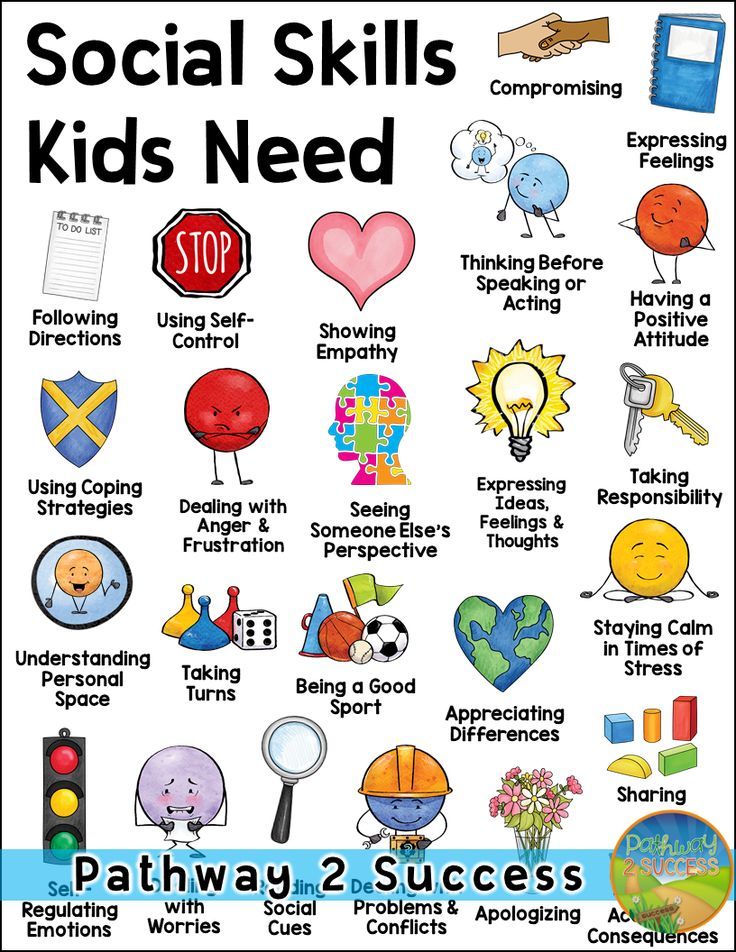
1. Meditation
Meditation helps you learn to recognize and sit with all your thoughts and experiences, even difficult ones. nine0003
What is the main purpose of meditation? Warning: Recognize thoughts as they arise, accept them and let them go without turning them around or judging yourself for having them.
You can practice mindfulness anytime, anywhere, and it won't cost you anything. It may seem a little awkward at first, even helpless, and it may take some time before it becomes natural. If you stick with it, you will usually start to see some benefits a long time ago. nine0003
If meditation is new to you, start by learning about its different types, or try this simple body scan exercise.
2. Journaling
Journaling is a great way to let go of difficult feelings and deal with them.
When things go wrong, you may experience many complex, conflicting feelings. They may feel cramped inside of you, so the thought of dealing with them will tire them out.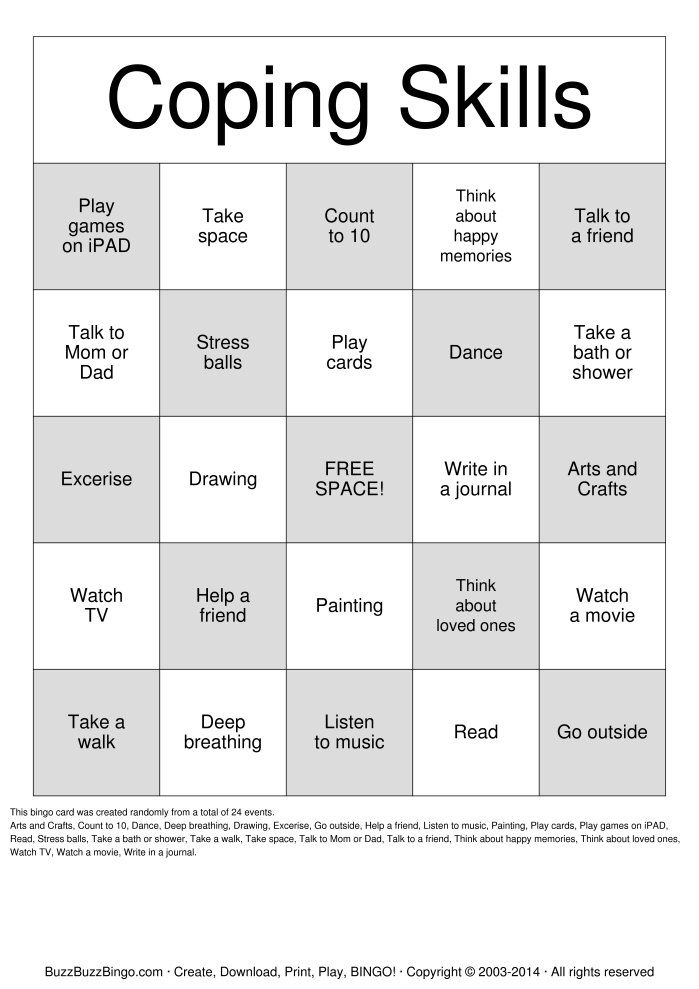 Or you may not even know how words can describe how you feel. nine0003
Or you may not even know how words can describe how you feel. nine0003
Tiredness and confusion are the right feelings and can be a good starting point for putting pen to paper.
Sometimes writing down your feelings - no matter how confusing or complicated - is the first step in working with them. You may find that the journal offers a kind of emotional catharsis as you clear their mind and enter your journal.
To get the most out of your journal, try:
- write every day, even if you only have 5 minutes
- write what comes to mind - don't worry about editing or censorship
- keeping track of any mood or emotional changes you experience and any factors that may contribute to it, whether it be your workouts, certain foods or certain relationships
3. Positive thinking
Optimism alone won't solve problems, but it can certainly increase your emotional kindness.
To add more positive thinking to your life, try:
- develop yourself through positive self-talk rather than self-talk
- acknowledge your successes instead of focusing on "failures"
- laugh at mistakes
- remind yourself that you can always try again
All these things are easier said than done, but with a little practice they will start to seem more natural.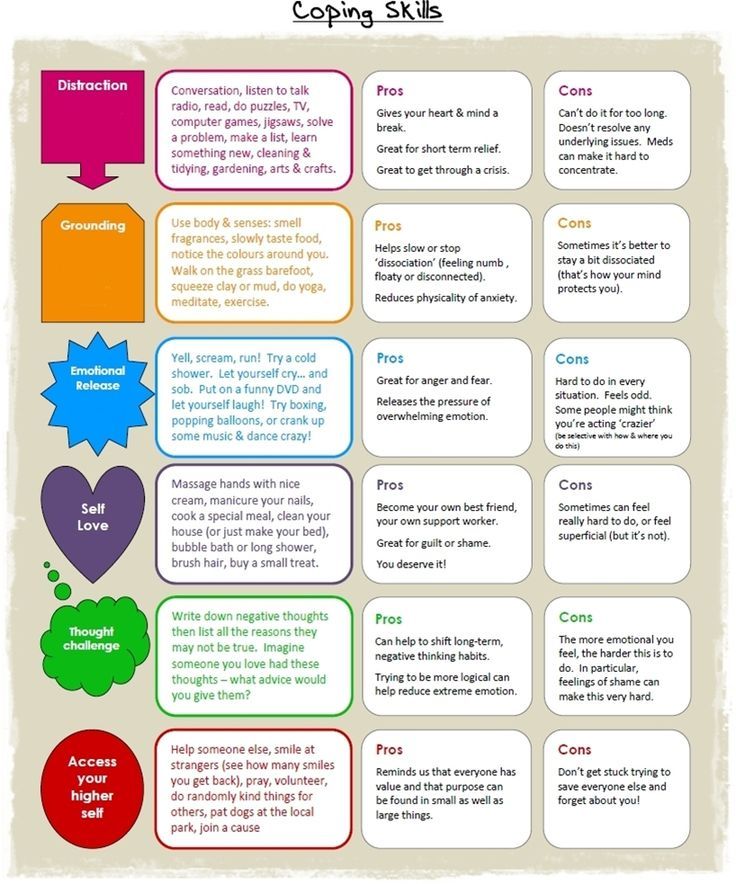
4. Forgiveness
It is easy to focus on feelings of injustice or injustice when someone makes a mistake or does something rude to you. nine0003
However, in most cases there is nothing you can do to change the injury. In other words, the damage has been done and there is nothing left but to let go of the situation and move forward.
Forgiveness can help you let go of trauma and begin to heal from it. Sorry, forgiveness doesn't always come easy. It will take some time to come to terms with your pain before you feel able to forgive.
Practicing forgiveness can help you with emotional well-being in several ways. You may notice:
- reduced stress and anger
- increased compassion
- greater empathy
- stronger relationship
Looking for tips on practicing forgiveness? See our guide on how to leave the past.
5. Transformation
When you reverse a situation, you look at it from a different point of view.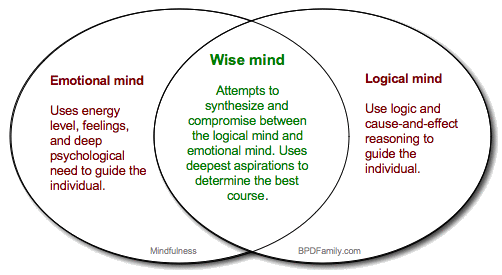 This can help you see the bigger picture instead of getting hung up on small details, no matter how heavy or awkward they may be. nine0003
This can help you see the bigger picture instead of getting hung up on small details, no matter how heavy or awkward they may be. nine0003
Let's say, for example, that your relationship hasn't been easy in the last few months, mainly because you and your partner haven't had enough time to do things together or talk about problems.
You suddenly lose your job and find yourself spending a lot of time at home.
Not working is certainly not ideal, but there is nothing you can do to change this situation. Instead of piling up frustration and boredom, you can look at the positive side of the situation: now you have enough time to reconnect with your partner and strengthen relationships. nine0003
6. Talking
Hiding or suppressing negative emotions usually does not improve them.
You may not notice these unwanted emotions if you try hard to hide them, but they tend to reappear.
In the meantime they may twitch like:
- mood swings
- emotional distress
- physical symptoms such as muscle tension or headaches
It is generally a good idea to discuss your feelings with someone who is involved into the situation.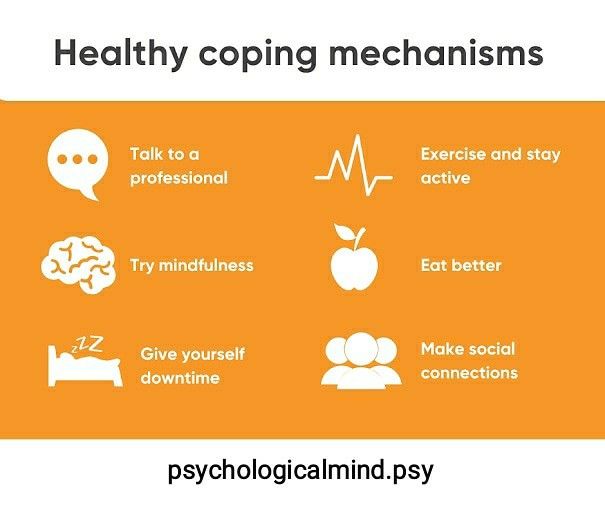 You may not even realize that they have influenced you unless you tell them about it. nine0003
You may not even realize that they have influenced you unless you tell them about it. nine0003
Talking about your difficulties will not always solve them, but if you can solve them, you are more likely to find them together.
Talking about your feelings with your loved one can also help you feel better, especially when your problem doesn't have a good solution. Friends and family can provide you with social and emotional support by listening with empathy and validating your feelings.
7. Work with a therapist
Some serious concerns can cause a lot of trouble, especially if there is nothing you can do to improve your situation. nine0003
You may be going through a breakup, facing life problems, or struggling with grief.
There is little you can do to change these circumstances, and it is difficult to get rid of the painful emotions that arise on their own. But there is no need to go alone.
A trusted mental health professional can help you deal with emotional stress by offering advice on any of the above coping strategies.